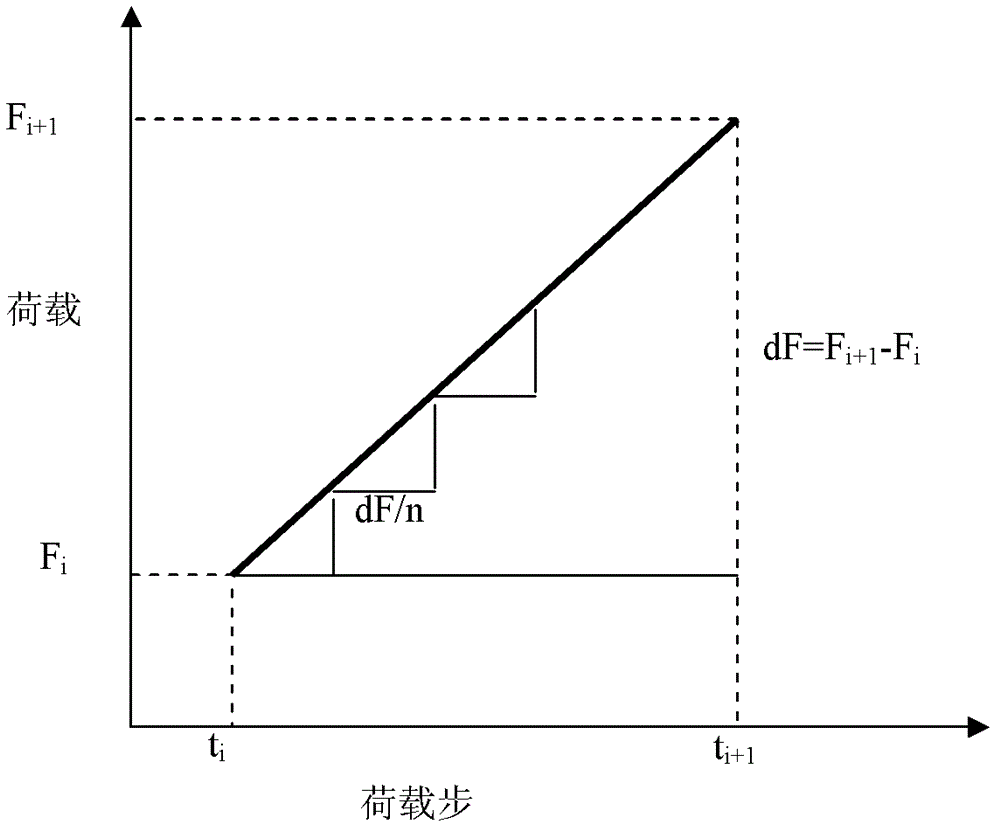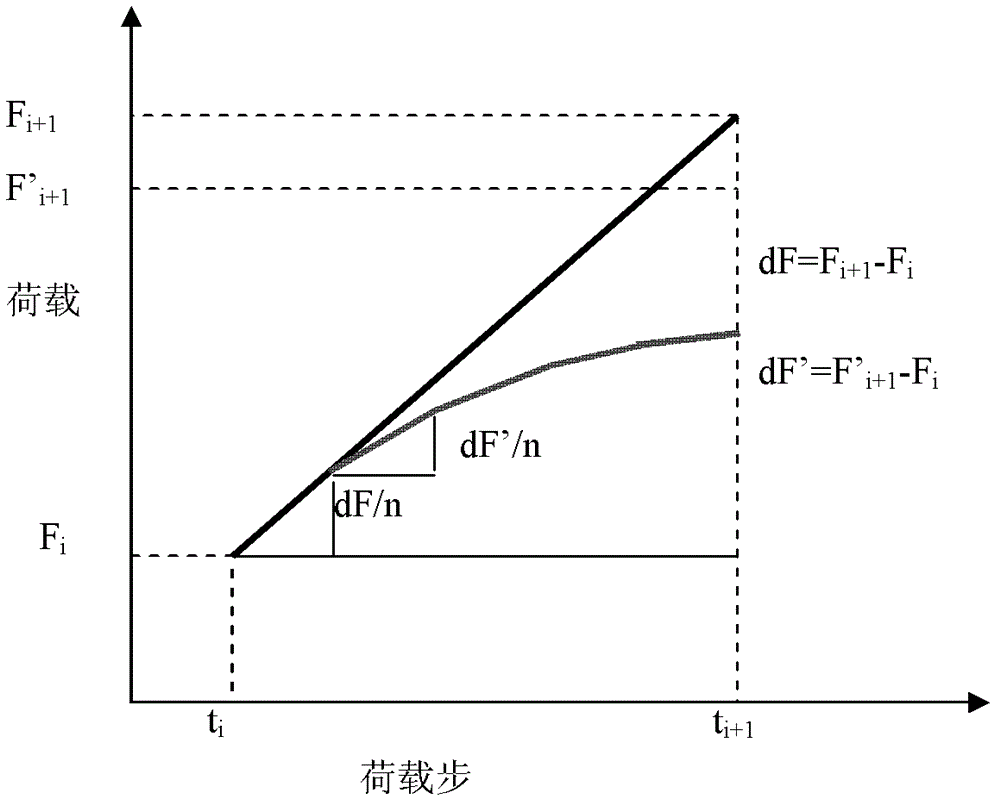Wind-resistant design method for cable-membrane structure based on loose coupling technology
A design method, loosely coupled technology, applied in computing, special data processing applications, instruments, etc., can solve problems such as excessive acceleration, unstable solution, and large amount of calculation in interpolation methods, to improve calculation accuracy and speed. , the effect of fast calculation
- Summary
- Abstract
- Description
- Claims
- Application Information
AI Technical Summary
Problems solved by technology
Method used
Image
Examples
Embodiment Construction
[0024] The embodiments of the present invention are described in detail below in conjunction with the accompanying drawings: this embodiment is implemented on the premise of the technical solution of the present invention, and detailed implementation methods and specific operating procedures are provided, but the protection scope of the present invention is not limited to the following the described embodiment.
[0025] Please refer to figure 1 , figure 1 Shown is a flow chart of the wind-resistant design method for cable-membrane structures based on loose coupling technology in a preferred embodiment of the present invention. The present invention proposes a method for wind-resistant design of cable-membrane structures based on loose coupling technology, which includes the following steps:
[0026] Step 1 S100: according to the physical properties of the actual material and the initial prestress of the structure, a finite element model of the cable-membrane structure is est...
PUM
 Login to View More
Login to View More Abstract
Description
Claims
Application Information
 Login to View More
Login to View More - R&D
- Intellectual Property
- Life Sciences
- Materials
- Tech Scout
- Unparalleled Data Quality
- Higher Quality Content
- 60% Fewer Hallucinations
Browse by: Latest US Patents, China's latest patents, Technical Efficacy Thesaurus, Application Domain, Technology Topic, Popular Technical Reports.
© 2025 PatSnap. All rights reserved.Legal|Privacy policy|Modern Slavery Act Transparency Statement|Sitemap|About US| Contact US: help@patsnap.com



